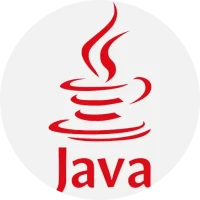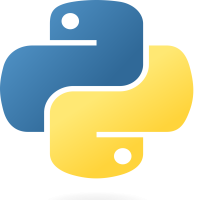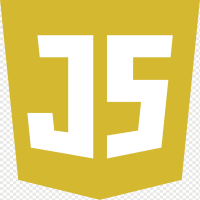
Java Syntax
18-Sep-2024Understand Java's basic syntax and structure for writing your first program.
Java syntax is a set of rules and conventions that determine how Java programs are written.
Demonstrates some important aspects of Java syntax.
1.Case Sensitivity::
Java treats uppercase and lowercase letters as different, so it is case sensitive.
For example, my Variable and my variable are considered different variables.
2.Class Declaration:
Class Declaration: Every Java program consists of at least one class, and program execution begins with the main method within this class.
The basic syntax for declaring a class is as follows:
public class MyClass {public static void main(String[] args) {// Program code goes here}}
3. Comments:
Comments are used to add explanations within the code.
Java has single-line comments ("//") and multi-line comments ("/* ...*/").
// This is a single-line comment/** This is a multi-line comment* spanning multiple lines*/
4. Variables:
Variables must be declared before they can be used. The syntax for declaring variables is:data_type variableName;
5. Data types:
Java supports a variety of data types, including primitive types (int, double, char, boolean) and reference types (objects).int myInt = 42;double myDouble = 3.14;char myChar = 'A';boolean myBoolean = true;
6. Operators:
Java supports a variety of operators for arithmetic, relational, logical, and bitwise operations. Examples are +, -, *, / (arithmetic), ==, !=, (relational), &&, ||, ! (Logical).7. Control Flow Statements:
Java uses control flow statements such as if, else, for, while, and switch to control the flow of execution of a program.
A method is a Java function.
The basic syntax for defining a method is:
return_type methodName(parameter1_type parameter1_name, parameter2_type parameter2_name) {// Method body// Return statement if applicable}
9.Classes and Objects:
Java is an object-oriented programming language. Classes are used to define blueprints for objects. An object is an instance of a class. The basic class declaration is:public class MyClass {// Class members (fields, methods, etc.)}
10.Packages:
Packages are used to organize classes into namespaces.
The package statement is used at the beginning of a source code file.
package com.example.mypackage;
These are some of the basic aspects of Java syntax. Proper understanding and adherence to these rules is essential to writing correct and maintainable Java code.


